Total Plate Count (TPC) in Seafood
By. Ely Kusniawati - 02 Oct 2025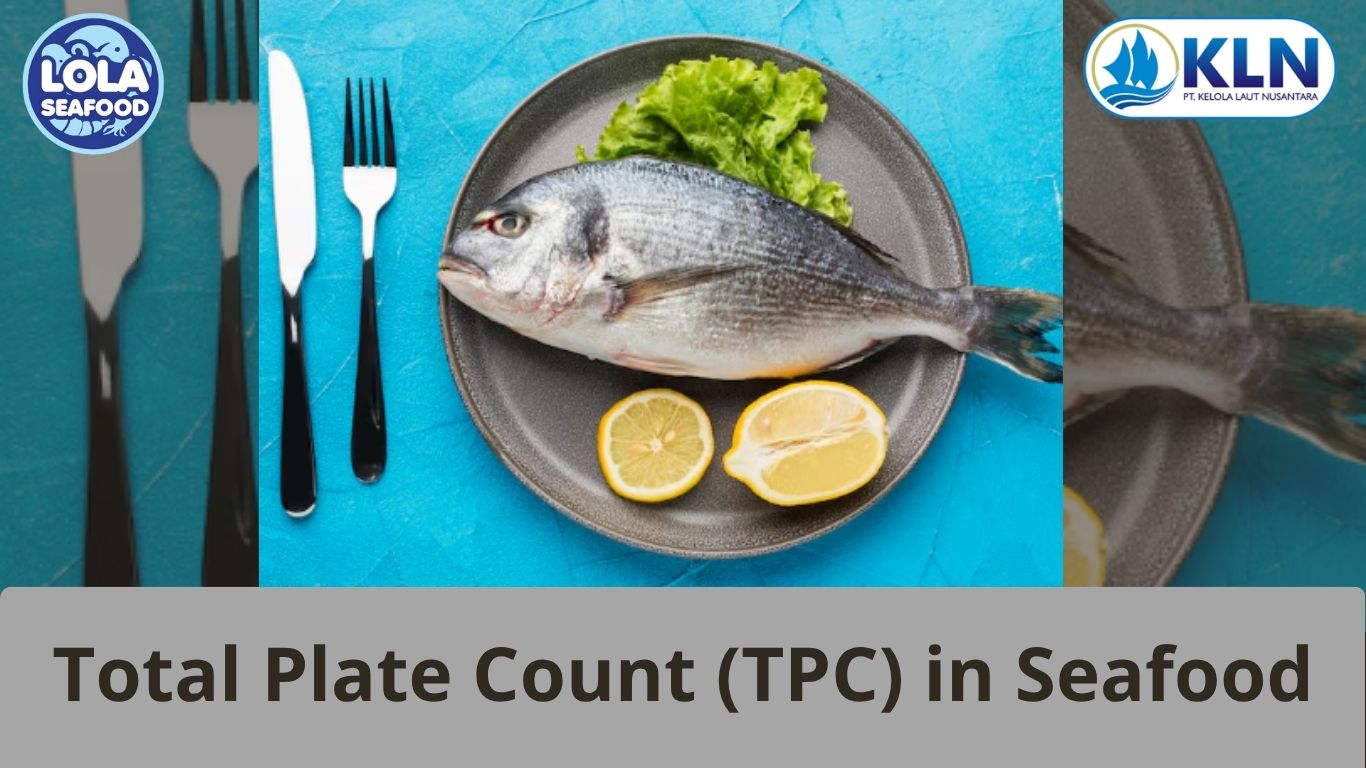
Kelolalaut.com Seafood is one of the most highly traded food commodities in the world, valued for its nutritional benefits, unique taste, and cultural significance. However, because it is highly perishable, seafood is vulnerable to microbial contamination and spoilage. For this reason, monitoring the microbiological quality of seafood is a critical step in ensuring consumer safety and maintaining product integrity. Among various microbiological indicators, Total Plate Count (TPC) is one of the most widely used methods to assess the overall microbial load in seafood products.
Definition of Total Plate Count (TPC)
Total Plate Count, also known as aerobic plate count (APC) or standard plate count (SPC), refers to the enumeration of viable aerobic microorganisms present in a food product. In seafood, TPC measures the total number of live bacteria capable of growing under specific laboratory conditions, usually on nutrient-rich agar at a controlled temperature for a defined incubation period. While TPC does not differentiate between pathogenic and non-pathogenic bacteria, it provides valuable insight into the overall microbiological quality, hygiene practices, and freshness of seafood.
Importance of TPC in Seafood Quality and Safety
- Indicator of Hygiene and Handling Practices: High TPC values often suggest inadequate hygiene during harvesting, processing, or storage. Poor handling, unsanitary processing environments, or cross-contamination can significantly increase microbial load. Therefore, TPC is a useful benchmark to evaluate whether proper sanitary practices are being followed in seafood supply chains.
- Assessment of Freshness and Shelf Life: Seafood quality deteriorates rapidly due to microbial growth. An elevated TPC typically indicates reduced freshness and a shorter remaining shelf life. For processors and retailers, monitoring TPC allows them to make informed decisions about product storage, distribution, and shelf-life labeling.
- Compliance with Food Safety Regulations: Regulatory authorities around the world often establish microbiological criteria, including TPC limits, to ensure food safety. Although acceptable limits vary depending on the product type and country, keeping TPC within safe ranges is mandatory for export compliance and consumer trust.
- Consumer Protection: TPC does not directly measure pathogenic bacteria such as Salmonella or Vibrio spp., high microbial counts may signal potential risks if pathogens are also present. Maintaining low TPC values helps reduce the likelihood of foodborne illness and protects public health.
Factors Affecting TPC in Seafood
Several factors influence the microbial load in seafood, including:
- Harvesting environment: Water quality, temperature, and sanitation of fishing equipment significantly impact initial microbial contamination.
- Species characteristics: Fatty fish and shellfish often spoil more quickly than lean fish, leading to higher TPC values.
- Processing methods: Proper cleaning, gutting, and washing reduce microbial load, while poor handling can accelerate bacterial growth.
- Storage conditions: Cold storage and freezing effectively slow microbial proliferation, whereas inadequate refrigeration leads to rapid bacterial multiplication.
- Packaging systems: Modified atmosphere packaging (MAP) and vacuum packaging can help control bacterial growth, maintaining lower TPC levels over time.
Methods of Measuring TPC
The standard method for determining TPC involves diluting a seafood sample, spreading it on a culture medium, and incubating it at a specified temperature (commonly 30–37°C) for 24–72 hours. Colonies that appear are then counted and expressed as colony-forming units per gram (CFU/g) of seafood. Modern approaches, such as automated colony counters and rapid microbiological testing kits, provide faster and more accurate results, supporting efficient quality control.
Acceptable TPC Levels in Seafood
Acceptable TPC limits vary globally depending on seafood type and regulatory standards. For example:
- Fresh fish often has acceptable TPC values ranging between 10⁵ to 10⁷ CFU/g.
- Ready-to-eat seafood products may require stricter limits, often below 10⁵ CFU/g.
- Exported seafood must comply with importing countries’ microbiological standards, which may be even stricter.
Maintaining TPC within these acceptable ranges requires stringent adherence to Good Manufacturing Practices (GMP), Sanitation Standard Operating Procedures (SSOP), and Hazard Analysis Critical Control Point (HACCP) systems.
Strategies to Control and Reduce TPC in Seafood
- Proper handling during harvest and processing to minimize contamination.
- Rapid chilling and cold storage immediately after harvest to slow bacterial growth.
- Application of hygienic processing facilities and equipment to prevent cross-contamination.
- Use of advanced preservation techniques such as MAP, freezing, and natural antimicrobial treatments.
- Routine microbiological monitoring to ensure continuous compliance with safety standards.
Total Plate Count (TPC) serves as a fundamental microbiological parameter in evaluating the quality, freshness, and safety of seafood. While it does not specifically identify pathogenic organisms, it provides an essential overview of microbial load and helps seafood processors, regulators, and consumers assess product integrity. Maintaining low TPC values requires strict hygiene, effective preservation methods, and adherence to food safety regulations. By monitoring TPC consistently, the seafood industry can ensure safe, high-quality products that meet both domestic and international standards while protecting consumer health.
If youre interested in our White Snapper / Robinson Sea Bream Fillet Skin On and White Snapper / Robinson Seabream / Seabream Whole Round / Whole Gilled Gutted Scaled please do not hesitate to contact us through email and/or Whatsapp
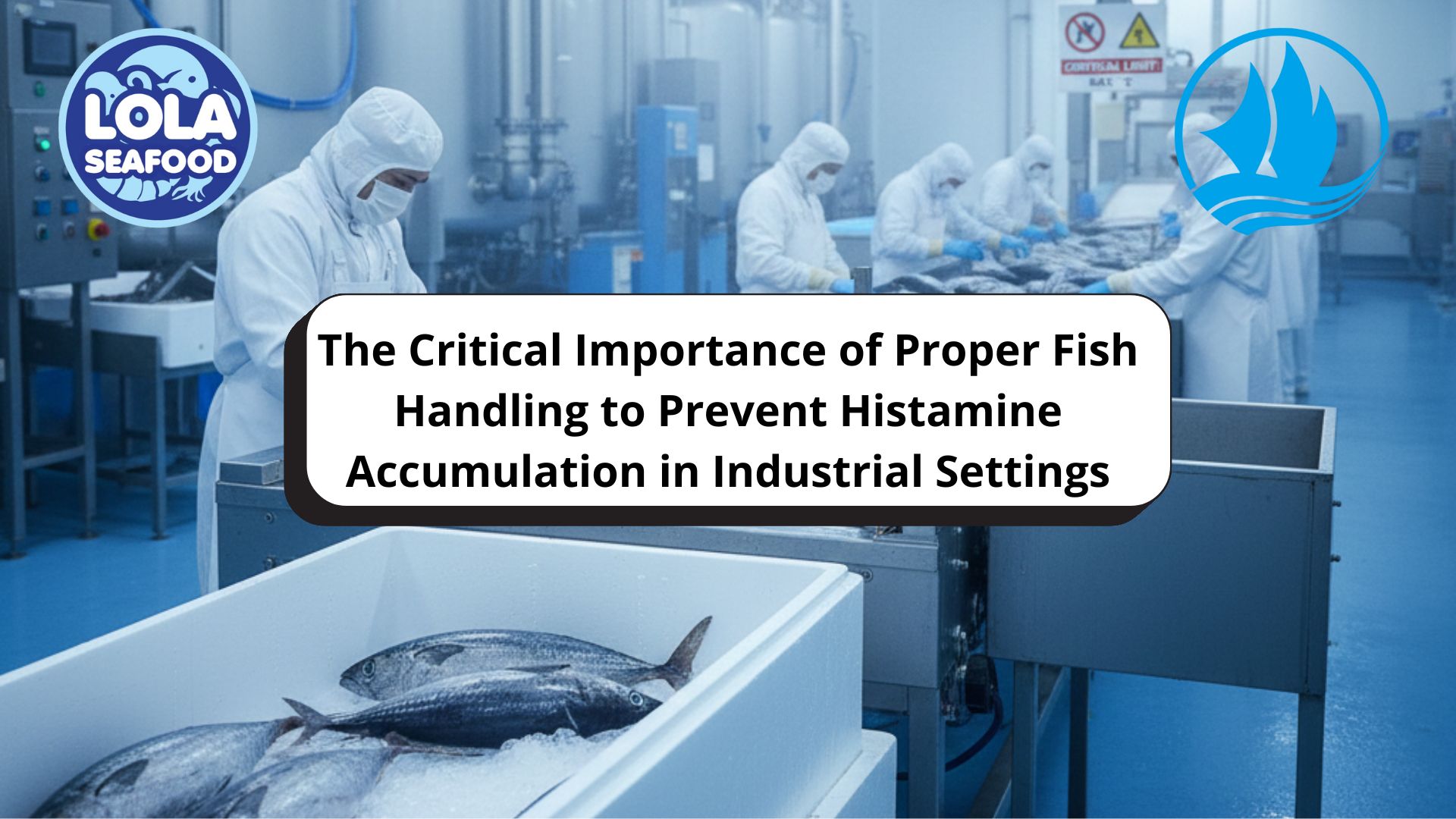
The Critical Importance of Proper Fish Handling to Prevent Histamine Accumulation in Industrial Settings
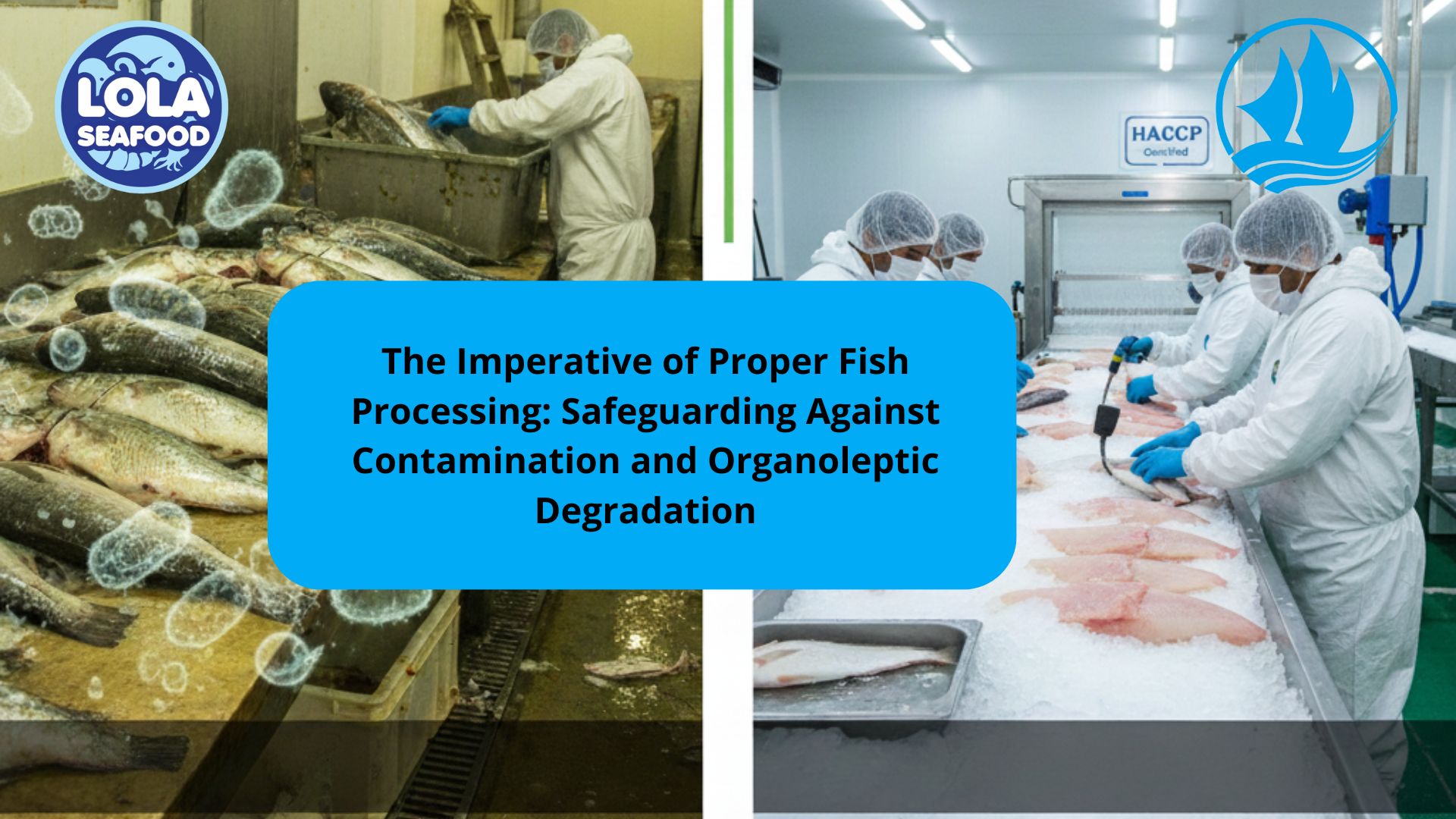
The Imperative of Proper Fish Processing: Safeguarding Against Contamination and Organoleptic Degradation
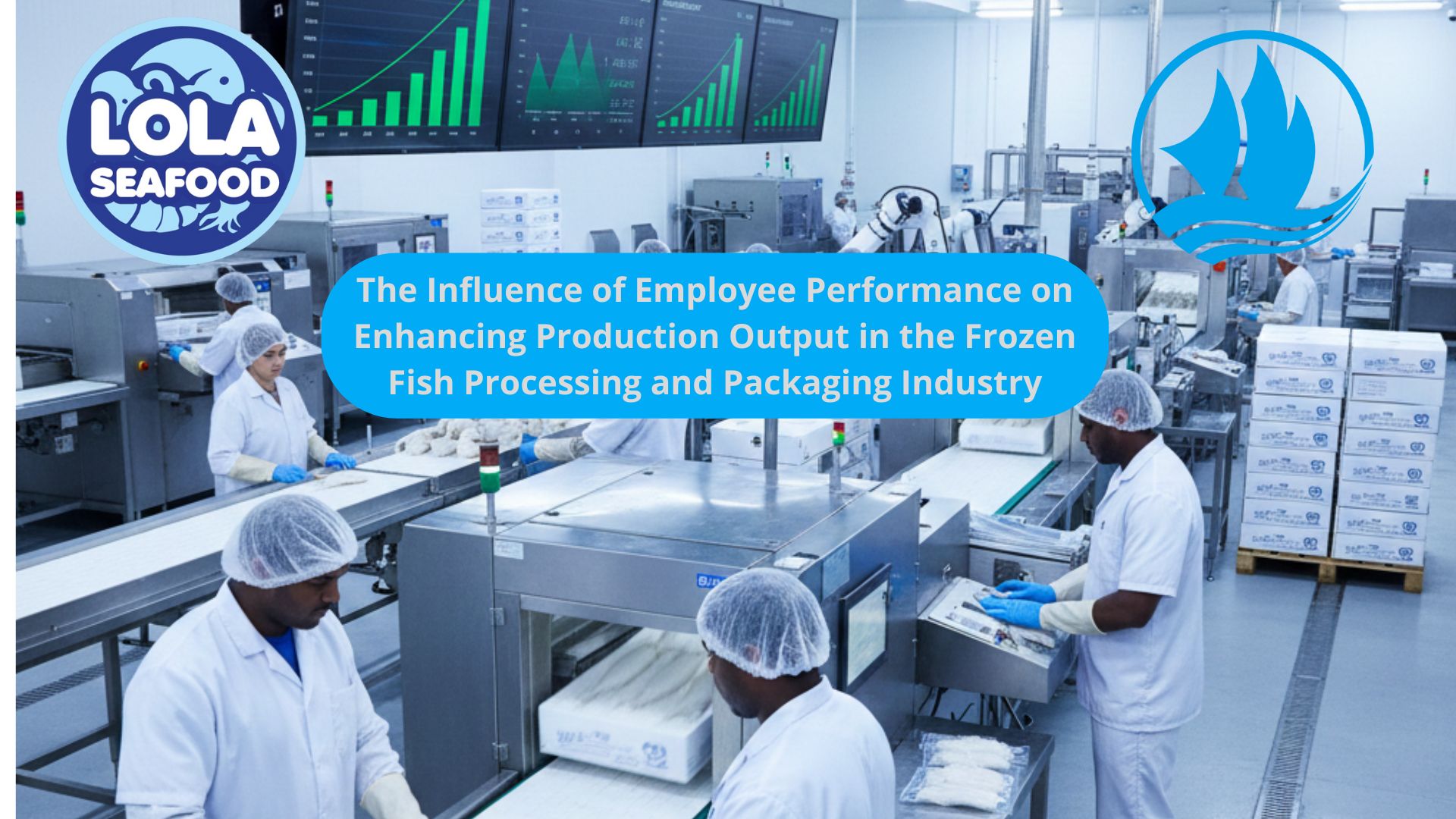

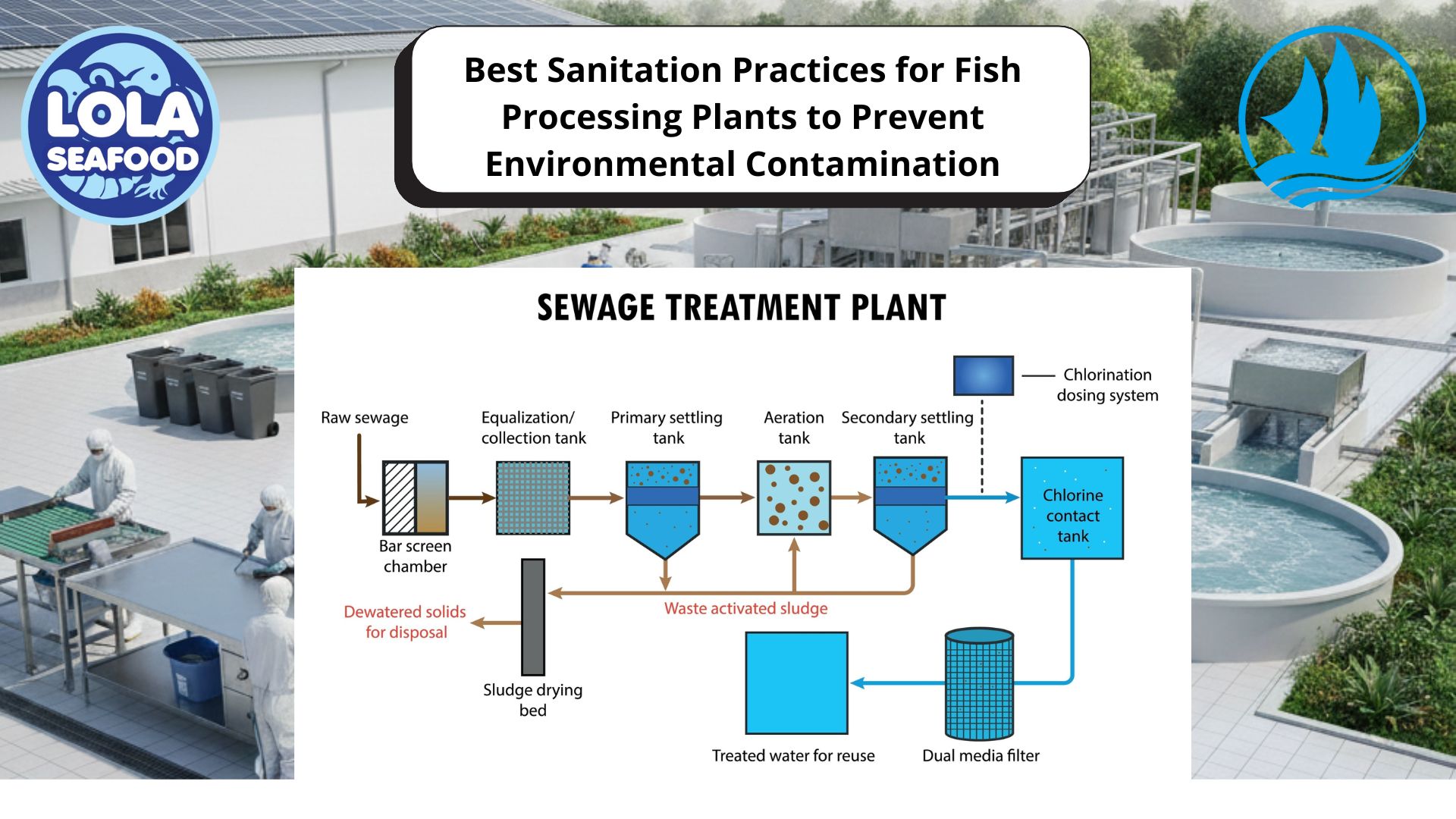

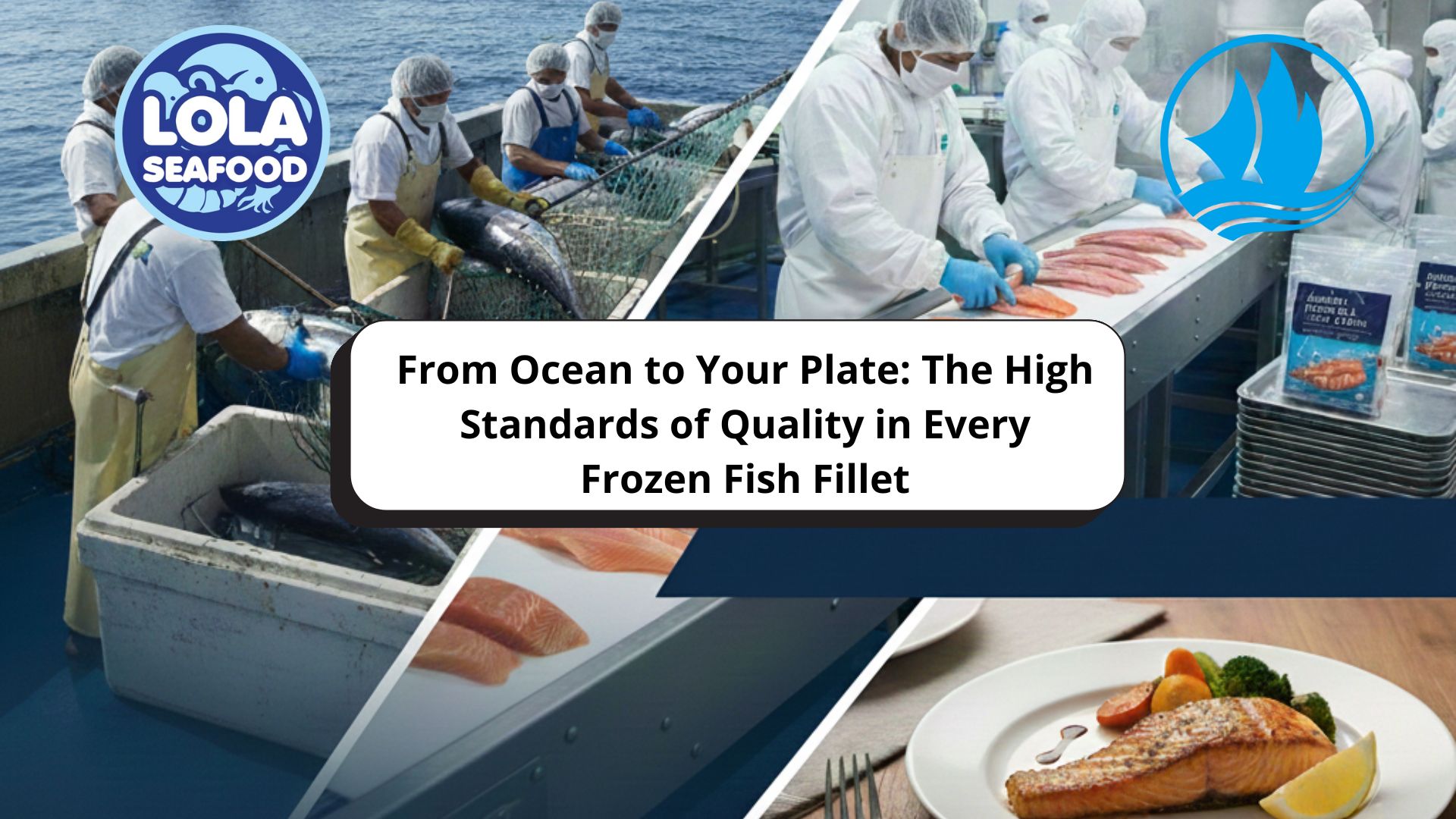
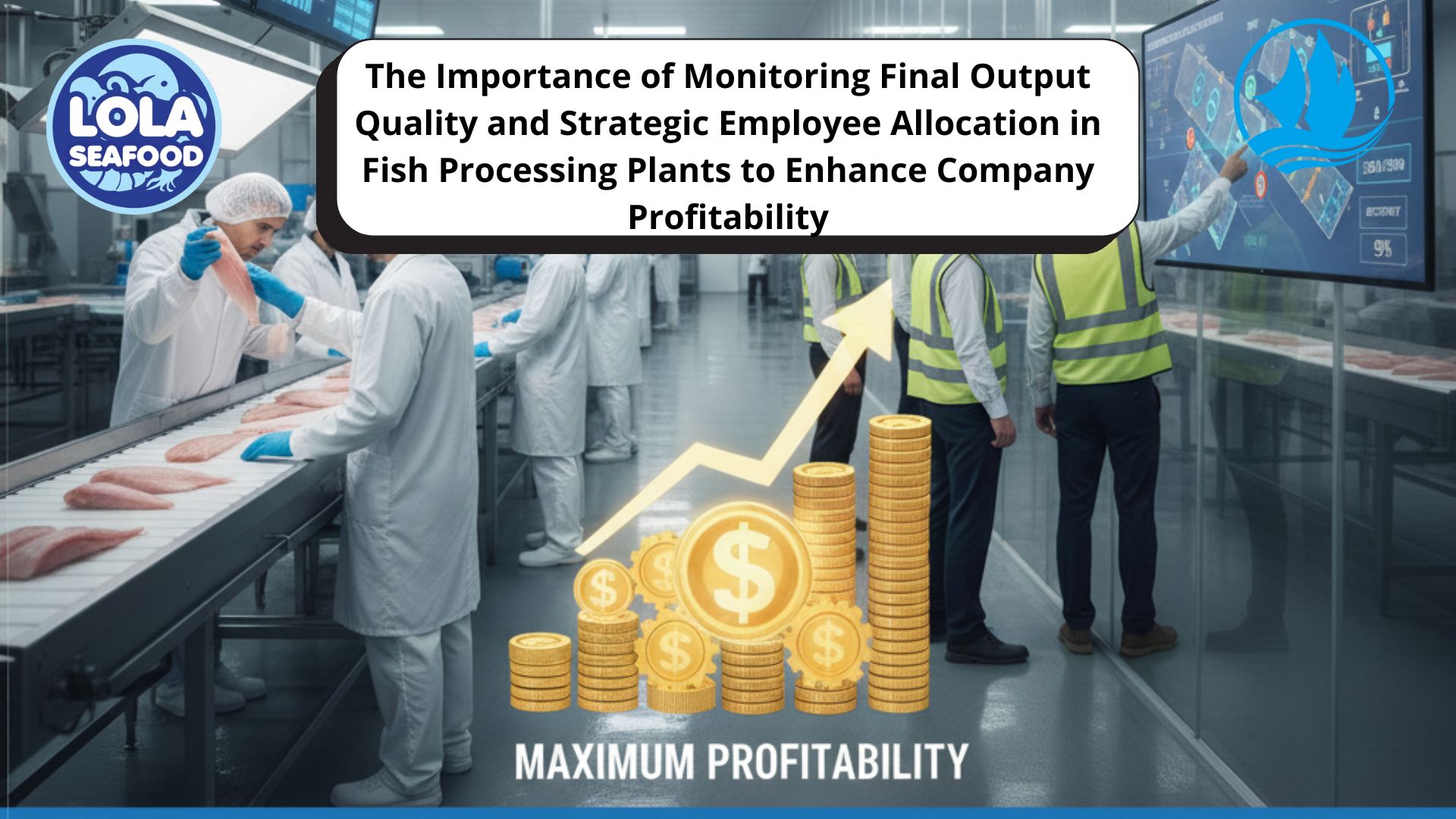
.jpg)